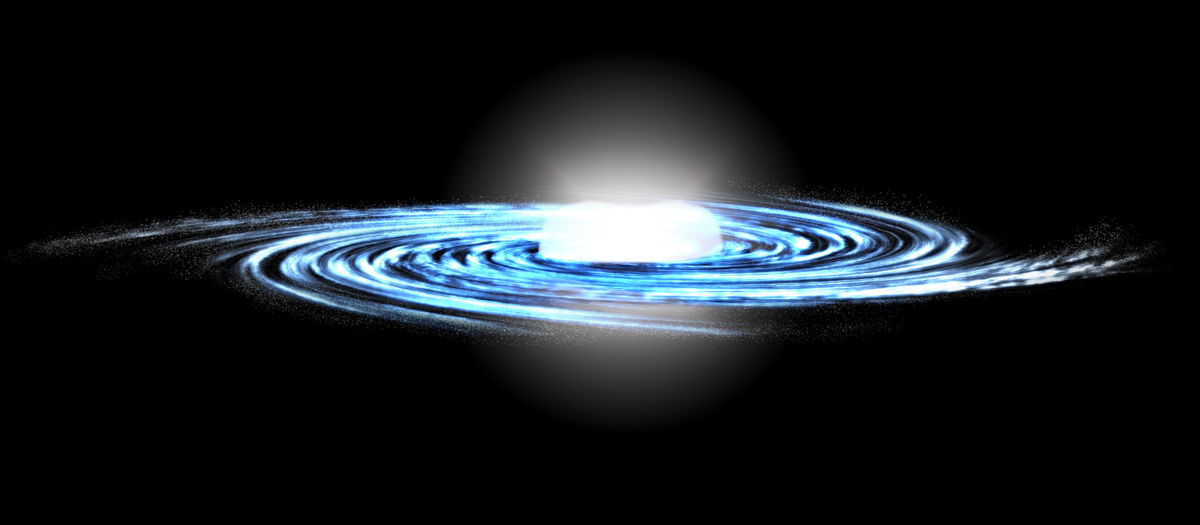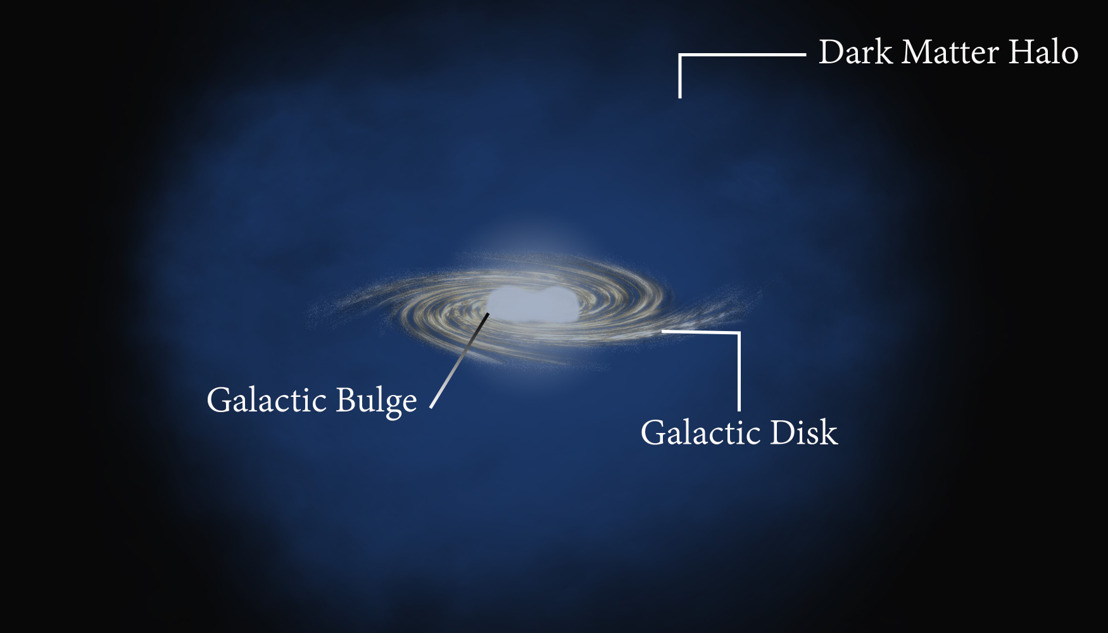Mysterious Milky Way Signal Comes from the Past, Not Dark Matter

A mysterious cosmic signal radiating from the center of our Milky Way galaxy is actually triggered by ancient stars, rather than dark matter, according to a new study.
There is a mysterious abundance of high-energy gamma-rays at the Milky Way's core, also known as the galactic bulge. Previous studies suggested that this abundance originated from dark matter — the mysteriously invisible substance that does not emit light or energy, yet is thought to make up most of the matter in the universe.
Instead, new research shows that the gamma-rays emanate from thousands of rapidly spinning neutron stars known as millisecond pulsars, which are believed to be some 10 billion years old. Because the stars are so far away, their emissions appeared to merge into a signal that astronomers previously interpreted as dark matter, according to a statement from the Australian National University (ANU). [Our Milky Way Galaxy's Core Revealed (Photos)]
"At the distance to the center of our galaxy, the emission from many thousands of these whirling, dense stars could be blending together to imitate the smoothly distributed signal we expect from dark matter," Roland Crocker, co-author of the study and a researcher from the ANU Research School of Astronomy and Astrophysics, said in the statement.

Although dark matter cannot be directly observed, it is thought to be made up of weakly interacting massive particles (WIMPs). These particles may occasionally crash into each other and radiate light that is a billion times more energetic than visible light. That is why astronomers previously thought that gamma-rays — the highest-energy light in the universe — found at the center of the Milky Way originated from dark matter, the researchers said.
Using data from the Fermi Gamma-ray Space Telescope, which has been orbiting Earth since 2008, the researchers found that the Milky Way's gamma-ray signals mirror the distribution of stars at the center of the galaxy. This data further supports the idea that the gamma-rays emanated from ancient stars, rather than from dark matter, the study said. [The Search for Dark Matter in Pictures]
"While the center of our galaxy may be rich in dark matter, it is also populated by ancient stars that make up a structure called the galactic bulge," Crocker said in the statement.
Get the Space.com Newsletter
Breaking space news, the latest updates on rocket launches, skywatching events and more!
"Ongoing observational and theoretical work is underway to verify or refute the hypothesis that the gamma-ray signal comes from millisecond pulsars," Croker added. However, "millisecond pulsars close to the Earth are known to be gamma-ray emitters."
The findings were published March 12 in the journal Nature Astronomy.
Follow Samantha Mathewson @Sam_Ashley13. Follow us @Spacedotcom, Facebook and Google+. Original article on Space.com.
Join our Space Forums to keep talking space on the latest missions, night sky and more! And if you have a news tip, correction or comment, let us know at: community@space.com.

Samantha Mathewson joined Space.com as an intern in the summer of 2016. She received a B.A. in Journalism and Environmental Science at the University of New Haven, in Connecticut. Previously, her work has been published in Nature World News. When not writing or reading about science, Samantha enjoys traveling to new places and taking photos! You can follow her on Twitter @Sam_Ashley13.









